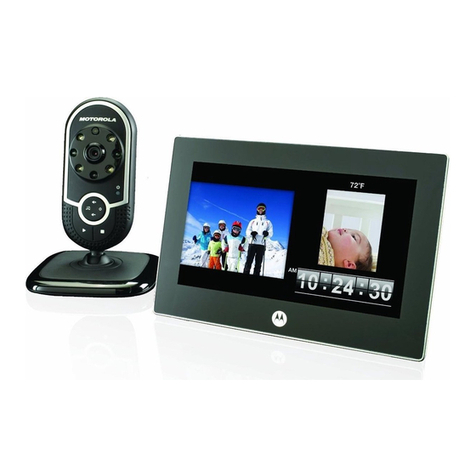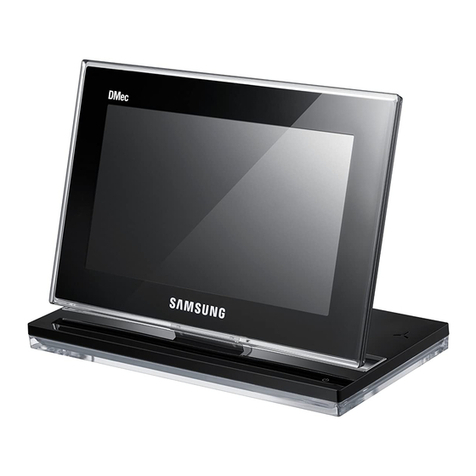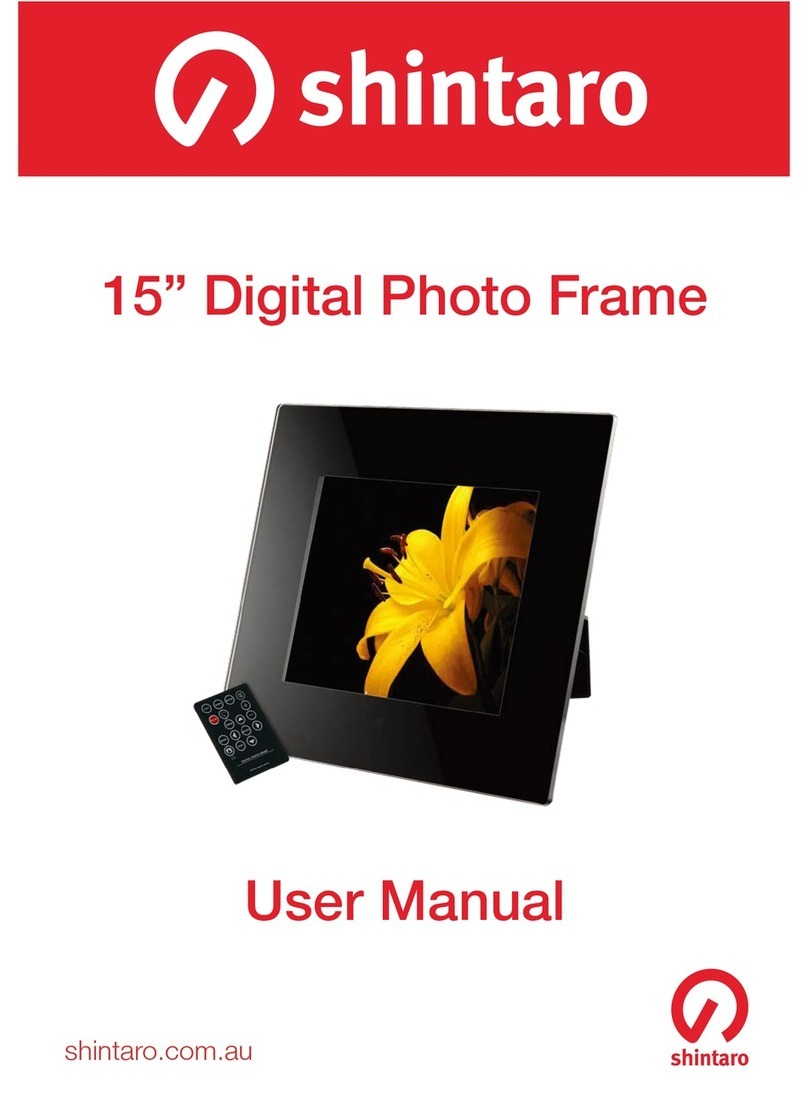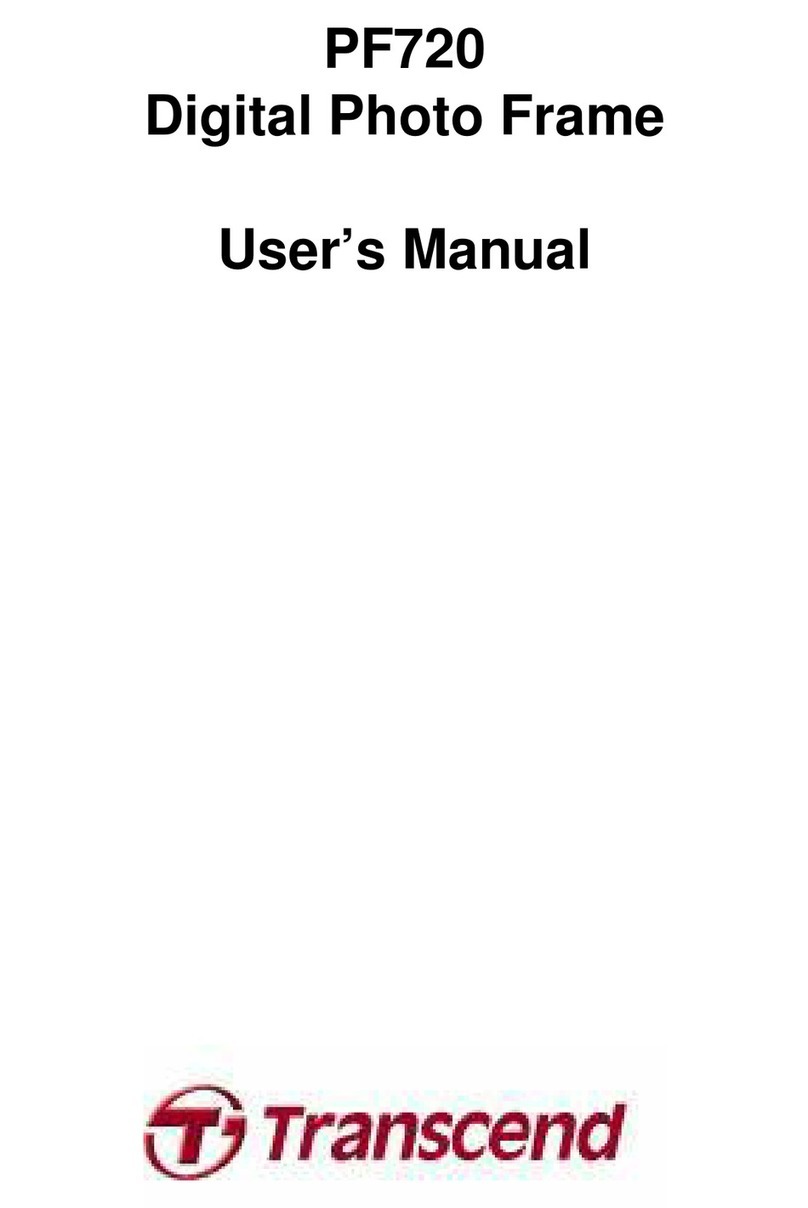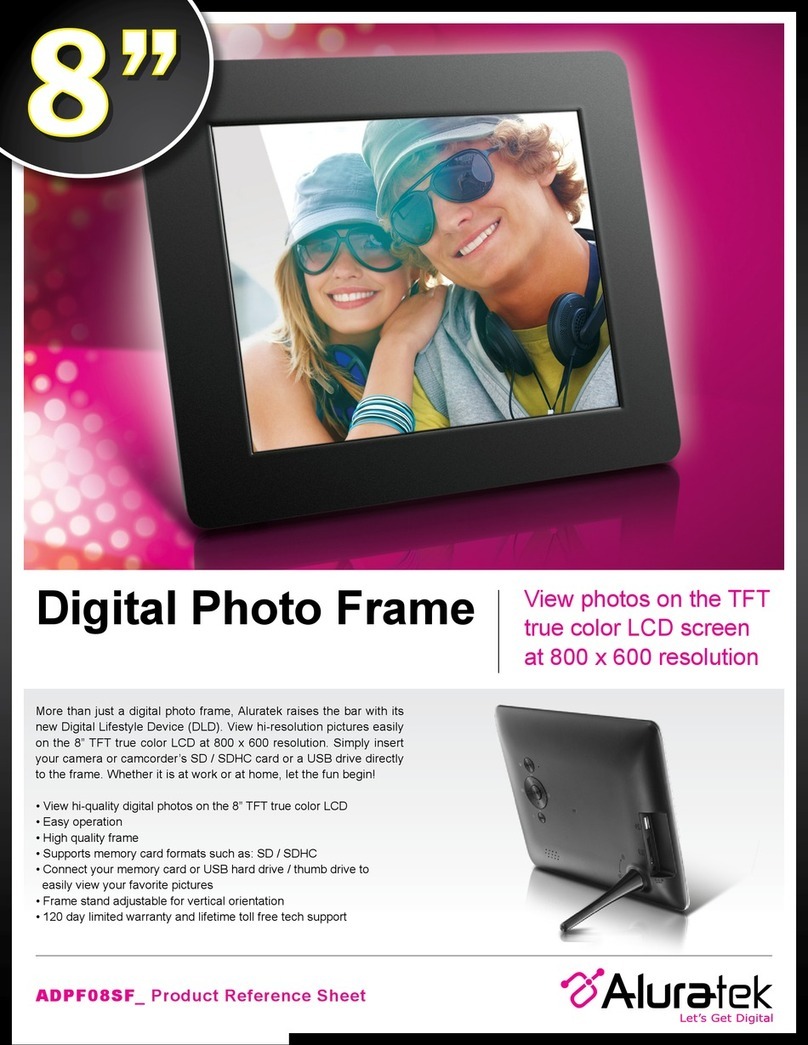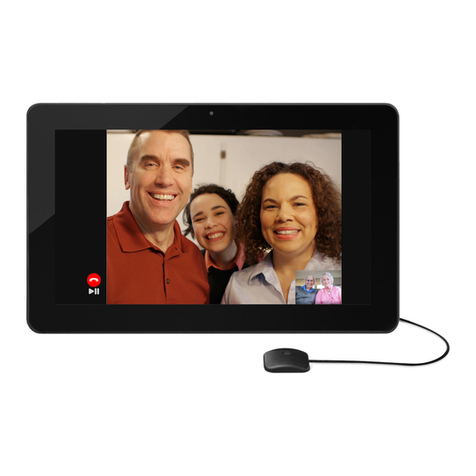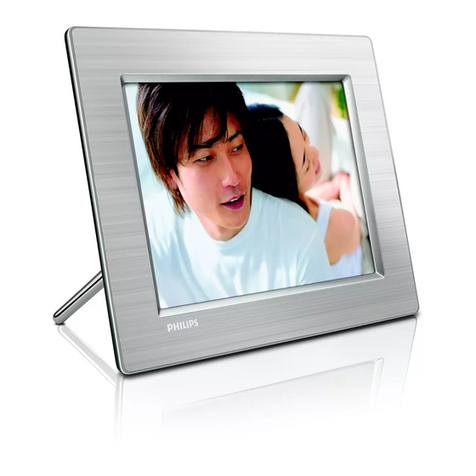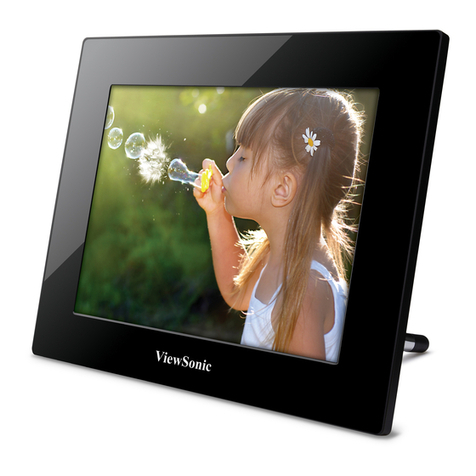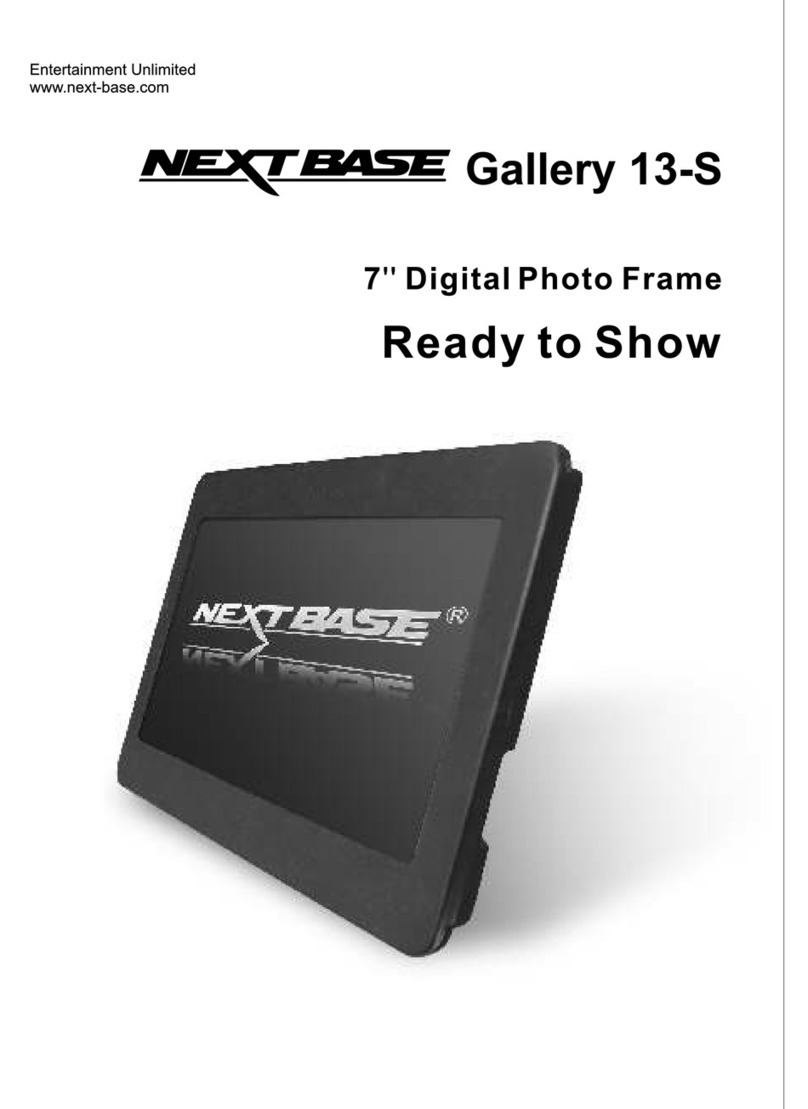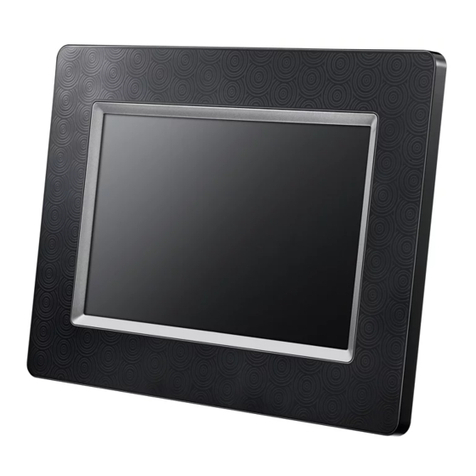Ormesa MINI STANDY Manual

USE AND MAINTENANCE HANDBOOK
INGLESE - cod. 22366 -20-08-12
STANDING FRAME
MINI STANDY
STANDING FRAME
MINI STANDY


Page 1 of 21
ORMESA thanks you for choosing MINI STANDY.
MINI STANDY is a stander in which attention to function has been combined with
respect for principles of ergonomics and safety.
ORMESA s.r.l. recommends that you read this manual very careful to fully
understand its contents. In addition to helping you become familiar with MINI STANDY
quickly, it also contains practical tips for making the best use of it safely and keeping it in
good working order.
If, after reading it, you still have questions, contact your retailer, who will be happy to
help you, or call ORMESA directly at +39 0742 22927, send a fax to +39 0742 22637 or
Luigi Menichini
Managing Director
CONTENTS OF THIS MANUAL
WARNINGS .........................................................................................................2
WARRANTY ........................................................................................................4
HOW TO STORE AND TRANSPORT TH EMEDICAL DEVICE.........................4
SOME EXAMPLES OF WHAT NOT TO DO WITH MINI STANDY.....................5
LABELS AND PLATES........................................................................................5
TECHNICAL FEATURES ....................................................................................6
INITIAL SET-UP...................................................................................................7
ASSEMBLING MINI STANDY .............................................................................8
WHAT IS MINI STANDY......................................................................................8
WHAT DOES MINI STANDY DO ........................................................................9
HOW MINI STANDY WORKS AND HOW TO USE IT ........................................12
MAINTAINING DISINFECTION AND CLEANING OF MINI STANDY ................19
CUSTOMER SERVICE AND SPARE PARTS.....................................................20
CONDITIONS FOR DURABILITY, REUSE
AND REASSIGNMENT TO A NEW USER..........................................................21

Page 2 of 21
WARNINGS
-Carefully read the instructions in this manual before using the device; they will
help you use the product safely and keep it in good working order. The use and
maintenance manual is an integral part of the product and it should be carefully
preserved for future reference.
-The manual is intended for technically qualified retailers and for users and
their assistants; it provides instructions for using the product correctly and must be
supplemented by adequate knowledge of the rehabilitation program for which it has
been prescribed
-The manual reflects the technical state of the product at the time it was sold.
ORMESA Srl reserves the right to make any changes to the product or manual
suggested by experience, technical considerations or regulatory developments
without any obligation to update its previous production and relevant manuals.
-The doctor must check that the use of the product, and its accessories,
conforms to current laws, regulations and standards.
-The product must only be used by persons whose bodily dimensions and
weight conform to the specifications in the paragraph “Technical Features” on
page 6,as part of a rehabilitation plan developed by a multidisciplinary team; this to
guarantee that all the conditions exist for the child to use it effectively and safely.
-Training in the use of MINI STANDY and the verification of its effectiveness
must be performed by therapists and medical specialists at a rehabilitation
centre.
-MINI STANDY may only be used indoors.
-Always check that there are no obstacles, such as carpets, stairs and objects
on the floor, in MINI STANDY's range of action that could cause it to tip over.
-Remove any knick-knacks or objects that could be accidentally knocked over and
fall during the use of MINI STANDY.
-Make sure that all adjustable parts have been locked before each use of MINI
STANDY.
-When pausing, always lock both brakes, even on level ground.
-Always lock the brakes before making any adjustments.
-THE UPHOLSTERY IS NOT FIREPROOF: keep the product away from sources of
ignition such as fireplaces, cigarettes or open flame

Page 3 of 21
MINI STANDY IS A MECHANICAL MEDICAL DEVICE:
Perform REGULAR MAINTENANCE and
CLEANING following the instructions shown in the
"Maintenance" chapter on page 19-20 and HAVE THE
DEVICE INSPECTED AT THE INTERVALS
INDICATED to VERIFY that it is WORKING
PROPERLY and in GOOD CONDITION, otherwise
warranty will fail and marking will lapse
PRODUCT REPAIRS other than the regular
maintenance shown on page 19-20 of the manual
must be ONLY MADE by a SPECIALIZED
SERVICE CENTER in the maintenance of
mechanical aids for disables, otherwise warranty and
marking will be voided
Any CHANGES in the product and the
REPLACEMENT WITHOUT ORIGINAL PARTS
OR COMPONENTS ARE NOT AUTHORIZED.
REFER ONLY TO ORMESA, otherwise warranty and
marking will be voided
In case of DOUBT about the SAFETY of the product
or DAMAGE to parts or components, you are urged
to IMMEDIATELY DISCONTINUE USE and
CONTACT a SPECIALIZED SERVICE CENTER
in the maintenance of mechanical aids for disables,
or directly ORMESA.

Page 4 of 21
WARRANTY
ORMESA Srl warrants the product for 2 years: in case of problems, contact the retailer
where you purchased it. Always demand original replacement parts or you will risk voiding the
warranty.
ORMESA will not be liable for damage in the following cases:
-use by unsuitable persons;
-incorrect assembly of parts or accessories;
-Unauthorized modifications or repairs;
-use of other than original replacement parts;
-use of parts subject to wear (cushion, wheels, etc.);
- improper use (such as, transporting objects or loads larger or heavier than
those shown in the instruction booklet);
-damage caused by incorrect use and lack of regular maintenance, as shown in
the instruction booklet;
-exceptional events;
-failure to follow the instructions in this manual.
PARTS SUBJECT TO WEAR, such as the upholstery and wheels, ARE NOT COVERED
BY THE WARRANTY
HOW TO STORE AND TRANSPORT TH EMEDICAL DEVICE
TO AND TRANSPORT THE MEDICAL DEVICE
THE DEVICE MUST BE STORED AND PACKED using the Ormesa original
packaging materials, unless the guarantee will be voided
-Once unpacked, THE TRANSPORT OF THE DEVICE must be done by
ANCHORING ADEQUATELY it to the vehicle
-When travelling by plane, or in the car, DO NOT SUBJECT THE FOLDED FRAME
TO LOADS THAT, especially with road bumps, COULD DAMAGE ITS
STRUCTURE
THE DEVICE MUST BE PARKED / STORED IN CLOSED AND DRY PLACES
-THE OPERATING ENVIRONMENT HAS NO PARTICULAR INFLUENCE ON THE
DEVICE UNLESS IT IS USED INCORRECTLY, such as by leaving it parked for a
long time in direct sunlight or exposed to bad weather such as rain, or in
MARINE ENVIRONMENTS, where the salt air could corrode the paint and sliding
parts. IN THIS CASE, WE RECOMMEND CAREFULLY CLEANING AND DRYING
THE FRAME FOLLOWING THE INSTRUCTIONS SHOWN IN THE “MAINTENANCE,
CLEANING AND DISINFECTION” CHAPTER ON PAGES 19-20 AND THE
WARNINGS ON PAGE 19

Page 5 of 21
SOME EXAMPLES OF WHAT NOT TO DO WITH MINI STANDY
MINI STANDY MUST NOT BE USED WITHOUT THE CONSTANT PRESENCE OF A
QUALIFIED PERSON OR FAMILY MEMBER
-tcudorpehtniDEDNETTANURESUEHTEVAELREVEN
-NEVER ALLOW ANYONE OTHER THAN AUTHORIZED PERSONS TO USE MINI
STANDY, not even to play with it
-NEVER LEAVE THE AID PARKED ON SLOPING GROUND
DO NOT PERFORM A MANOEUVRE UNLESS YOU ARE CERTAIN OF ITS EFFECT.
If in doubt, contact the nearest service department or the manufacturer directly
DO NOT CARRY THE CHILD OVER ROUGH OR STEEP SURFACES OR STAIRS
-NEVER LEAVE THE PRODUCT PARKED FOR A LONG TIME IN DIRECT SUNLIGHT
OR NEAR SOURCES OF HEAT: this will avoid overheating the product and
discolouring the upholstery
-DO NOT REST EXCESSIVELY HOT CONTAINERS OR OBJECTS ON THE TRAY
SURFACE BECAUSE THEY COULD TIP OVER and because the wood or covering
could be seriously damaged
-DO NOT USE THE PRODUCT IF PARTS ARE MISSING OR DAMAGED. Insist that
only original replacement parts are used because any other type will void the
warranty and mark
LABELS AND PLATES
THE MARK CERTIFIES THAT MINI STANDY CONFORMS TO THE SAFETY
REQUIREMENTS OF THE EUROPEAN UNION AND, IN PARTICULAR, TO THE
93/42/EEC AND SUBSEQUENT MODIFICATION AND SUPPLEMENTS
Series number Article number
Max load
Date of
production
Warning! Read the
useand maintenance
handbook before use
Conformity with the
European safety
standards
LOT code
®
s.r.l.
Via A. Da Sangallo, 1 06034 Foligno (PG) ITALY Tel. +39 074222927 Fax +39 074222637
MODEL. PART N°
SN
LOT MAX. KG
!
Name of the model

Page 6 of 21
TECHNICAL FEATURES
-Frame with fixed elements painted with non-toxic epoxy powder paint and chromed
adjustable elements.
-Wheels: solid, diam. 75 mm, with brakes.
-Straps: high-strength pelvic and thoracic straps made of polyester fabric with stitched
Velcro belts.
-Tray made of plastic-laminated wood.
-Knobs: ergonomic for the adjustment of elements with pointed fixing screws.
-Base made of strong, flexible painted wood. The purpose of the flexibility is to make the
stander elastic. Thanks to the flexibility, the child is stimulated to assume and maintain an
erect position by working all his/her muscles and reducing a hypotonic attitude.
Dimensions in cm
Numbers separated by a dash indicate a minimum and maximum regulation
MINI STANDY 2 AID WEIGHT 19.9 kg MAX CAPACITY 45 kg
MINI STANDY 3 AID WEIGHT 23.9 kg MAX CAPACITY 55 kg
60
24
60
70
86÷55
63÷71
09÷07
65
82
87÷65
70
30
65
70
58÷56
74÷02
011÷58
75
88
001÷07

Page 7 of 21
INITIAL SET-UP
PACKING INFORMATION
HOW TO REMOVE MINI STANDY FROM THE BOX
ATTENTION!
CUT WITHOUT PRESSING TOO HARD
SO AS NOT TO DAMAGE
THE CONTENTS OF THE BOX
REMOVE MINI STANDY
FROM THE BOX
STANDER A
cm
B
cm
C
cm
VOLUME
m3
WEIGHT
kg
MINI STANDY 2 75 65 86 0.419 27
MINI STANDY 3 80 80 65 4.416 30
A
B
C
2
3
1

Page 8 of 20
ASSEMBLI NG MINI STANDY
WHAT IS MINI STANDY
MINI STANDY IS AN AID DESIGNED AND PRODUCED TO HELP CHILDREN AGED 2 TO 10 TO
ACHIEVE AND MAINTAIN AN ERECT POSITION.
MINI STANDY IS AVAILABLE I N TWO SIZES. THE DOCTOR MUST DETERMINE
WHICH IS THE MOST APPROPRIATE FOR THE CHILD.
1
A
F
E
D
C
B
G
IT CONSISTS OF:
A. A MOBILE SUPPORT PLATFORM
WITH SWIVELLING WHEELS AND
BRAKES
B. FOOT STOPS ADJUSTABLE FOR
BOTH WIDTH AND DEPTH
C. HEIGHT-ADJUSTABLE FRAME
D. KNEE PADS ADJUSTABLE FOR
WIDTH, DEPTH AND HEIGHT
E. ADJUSTABLE PELVIC SUPPORT
F. ADJUSTABLE PECTORAL
SUPPORT
G. ADJUSTABLE/REMOVABLE TRAY
WITH EDGING AND HOLLOW

2
3
Page 9 of 21
WHAT DOES MINI STANDY DO
MINI STANDY HAS BEEN DESIGNED AND PRODUCED FOR:
the training and acquisition of an
autonomous erect posture (Fig. 2 and 3);
maintaining the vertical position with the
load on two feet, which would otherwise be
impossible (Figs. 2 and 3).
Remember that:
an erect position is the anti-gravity posture
par excellence and, for human beings,
represents the conquest of bipedality with the
consequent liberation of the upper limbs and
hands from support functions;
posture means a constant relationship of the
body with the environment, which is acquired
through the maintenance of the point of
equilibrium between the elastic forces of the
agonist and antagonist muscles and between
the internal forces of the body and the external
forces of the environment;
posture is maintained through the integration of
visual, vestibular and somato-sensory-
proprioceptive information.
MINI-STANDY is an aid that allows and facilitates
the integration of this information.

Page 10 of 21
MORE SPECIFICALLY, THE APPROPRIATE
USE OF MINI STANDY CAN FACILITATE:
the experience of alternative postures with
respect to those that the pathology makes
“obligatory” or “semi-obligatory” and the
correct positioning of the joints with the
possibility of introducing controlled and
modulated variations (Fig. 4): all this helps
prevent deformities;
the training of the anti-gravity muscles;
the control and straightening of the head,
facilitated by the decreased gravity-opposing
effort of the trunk thanks to the adjustable
pectoral support, which can be removed when
there is sufficient trunk control (Fig. 4);
the programmed control of labyrinthine-
vestibular function disturbances;
the experience of manual activities guided by sight, with the possibility of integrating the visual
information deriving from objects with that coming from one’s own body in a correct posture.
Thus, the possibility of, first, globally grasping, capturing and exploring and, then, selectively
manipulating objects through simple or complex constructive activities.
This is facilitated by the fact that the upper limbs are constrained by protective and support
functions.
IN ADDITION, AN ERECT POSITION:
A. INCREASES RESPIRATORY CAPACITY due to the increased ventilation and reduced
obstructive phenomena;
B. FACILITATES PERISTALSIS;
C. FACILITATES CIRCULATORY FUNCTIONS.
Most of all, it is important to emphasize that MINI STANDY is an INSTRUMENT FOR INCREASING
THE CHILD'S ABILITY TO ADAPT TO THE ENVIRONMENT, i.e., to actively interact with the
surrounding world.
All this induces an INCREASE OF PERSONAL AUTONOMY, i.e., the possibility of relating to oneself,
others and the physical environment: the ability to “put oneself in contact with”.
4

Page 11 of 21
In any case, remember that it must always be used with an assistant:
at school:
at home:
5
6
With MINI STANDY the user obtains a postural adaptation that allows the body to maintain a sure
position, anchored and bound by the support surfaces, allowing selective exploration and a
dialogue with the surrounding physical/social world (Fig. 5-6).
MINI STANDY can, in fact, be used in the child's normal life situations (home, school, day care,
institutions), increasing opportunities for their active involvement and, thus, real integration.

Page 12 of 21
HOW MINI STANDY WORKS AND HOW TO USE IT
It is simple and safe to use. MINI STANDY is, in
fact, a stander consisting of a graduated side
frame to facilitate height adjustment.
The standing child is supported by large straps at
the level of the pelvis and trunk, adjustable in both
the forward-back direction (to follow knee-hip
flexion) and in circumference.
Two front knee pads and two heel stops hold the
lower limbs in position (Fig. 7)
The physiatrist or therapist must
constantly check the positioning of the
device.
In fact, MINI STANDY is used by
disabled children during their
development; they grow rapidly and
even the pathological picture can
change, makin g continuous
assessments and adjustments
necessary.
ATTENTION:
engage the brakes to MINI STANDY's
wheels before beginning to position
the child (Fig. 8)!
To begin, it is recommended that an adult stand behind the child and solidly support him/her at the
sides, if there is sufficient trunk control, otherwise under the armpits.
The therapist first temporarily positions the lower limbs, then the pelvis and trunk (Fig. 9-10).
7
8
9 10

Page 13 of 21
After which the phase of checking the
positioning of the feet within the heel stops
and the knees will begin, following any
existing flexion and always seeking the
maximum active collaboration of the child
who is first informed of what operations are
being performed and, then, why they are being
done; then, it will be the turn of the pelvis, which
is controlled through the pelvic support, and the
trunk, which is controlled through the pectoral
support (Fig. 11-12).
Be very careful to apply adequate force to the
pectoral and pelvic supports; in fact, it must be
sufficient to ensure a minimum of stability.
Avoid excessive support, which could cause an
oppressive sense of “constriction” and, at the
same time, too “light” a support, which could
cause “fear of falling” reactions or a sense of
instability (Fig. 13).
If the child is able to communicate, it is important
to listen to his/her sensations and impressions in
order to “modulate” containment in the best
possible way.
It should always be kept in mind that MINI
STANDY is a stander that allows the child to
do things and must not be used to keep
him/her still and motionless. And this is the
principle that guides the use of this aid, which
must be a tool “for doing things in a correct,
facilitating position”.
It is obvious that correct posture will vary from
child to child, depending on their age, motor
capacity and overall condition.
However, as a general rule, one should impose a
position that is as correct and aligned as possible.
11
12
13

Page 14 of 21
The feet must be equidistant from the centre of
the support platform, the knees semi-extended,
the pelvis symmetrical and aligned with the trunk
and the trunk extended (Fig. 14).
The individual knee pads and heel stops allow
abducting one limb more than the other, such as
in the sublaxation of the hip.
If there is sufficient trunk control, the pectoral
support can be reduced or completely eliminated
(Fig. 15).
The work tray, which is also adjustable, should be
set so that it allows use of the hands with the
upper limbs semi-extended.
14
15

Page 15 of 21
To facilitate and actively control the desired posture, we recommend the use of perceptual indices
(high-contrast checkerboard pattern, stripped panels, etc.), which should be placed in front of the
child (Fig. 16).
Another very useful aid is to “optically
structure” the work tray by drawing white
concentric circles to allow the integration of
the background and the object and the
posture and gesture (Fig. 17). Remember that
this integration is the foundation of normal motor
behaviour.
It is very important to immediately seek the
most active control possible and begin, very
precociously, to introduce activities in the
form of play, first with the adult and, then,
even alone.
Experience has taught us that children are,
usually, not afraid when using MINI STANDY for
the first time; in any case, it is a good idea never
to leave the child alone in the beginning phases
and to use it for progressively longer periods of
time, starting with a few minutes.
16
17

Page 16 of 21
As described above,
MINI STANDY
is a valid tool for exercising certain functions with the correct
posture.
WE REMIND YOU ONCE AGAIN THAT THE ASSOCIATION BETWEEN POSTURE AND
MOVEMENT IS THE FOUNDATION OF EVERY TYPE OF VOLUNTARY MOTOR BEHAVIOUR.
FOR THIS REASON, IMPOSING A CORRECT POSTURE PREVENTS DEFORMITIES AND, AT THE
SAME TIME, FAVOURS THE GENERATION OF MOTOR PATTERNS THAT ARE ESSENTIAL FOR
A RICH AND MEANINGFUL INTERACTION WITH THE PHYSICAL AND PSYCHO-SOCIAL
ENVIRONMENT.
ATTENTION!
These exercises must be performed under the supervision of a parent or authorized
and specialized personnel.
Remove all potential obstacles.
The manufacturer will not be liable for personal injuries or property damage resulting
from a failure to follow all the instructions in this manual.
This section describes several activities that can be performed in a rehabilitation gym, at home or in
other contexts of the child's life.
GRASPING A COLOURED BALL PLACED ON
THE TABLE OPTICALLY STRUCTURED WITH
WHITE CONCENTRIC CIRCLES.
The child must grasp the ball and throw it.
OBJECTIVE:
integration of visual information with posture and
gesture.
GRASPING A LARGE BALL
IN FRONT OF MINI STANDY
WORK TRAY.
The child must grasp a ball with two hands by
first flexing and then extending the trunk.
OBJECTIVE:
posture control, seeing the object, flexo-extension
of the trunk and action guided by vision.
18
19

Page 17 of 21
GRASPING A LARGE BALL WITH TWO
HANDS FORWARD, IN MINI STANDY
WITHOUT WORK TRAY.
The task and the objectives are the same as
described above, with the difference that the
child must increase active motor control
because the amplitude of the movement is
increased.
GRASPING A BALL ABOVE WITH TWO
HANDS.
A variant of the preceding, it facilitates the
symmetrical extension of the trunk and a
symmetrical, bipedalic load.
GRASPING A SMALL BALL OR OTHER
OBJECT PLACED LATERALLY.
Another variant: facilitates side loading while
supported on one foot.
20
21
22

Page 18 of 21
CAPTURING A MOVING OBJECT.
The child must grasp an object that is moving in
his/her visual field.
OBJECTIVE:
exercising ocular motor skills, combining
perception with motor skills and organizing spatial
relationships.
If possible, it is very useful to vary the size, weight,
trajectory, speed and direction of the object. This
variability will help increase the child's repertory of
movements and motor acts.
BUILDING WITH BLOCKS ON THE WORK TRAY
MARKED WITH CONCENTRIC CIRCLES THAT
FACILITATE SEEING THE OBJECTS.
The child must combine the blocks to “construct”
bridges, towers, trains, etc.
OBJECTIVE:
combining perception (facilitated by the work tray)
and movement and organizing spatial
relationships.
23
24
Other manuals for MINI STANDY
1
Table of contents

